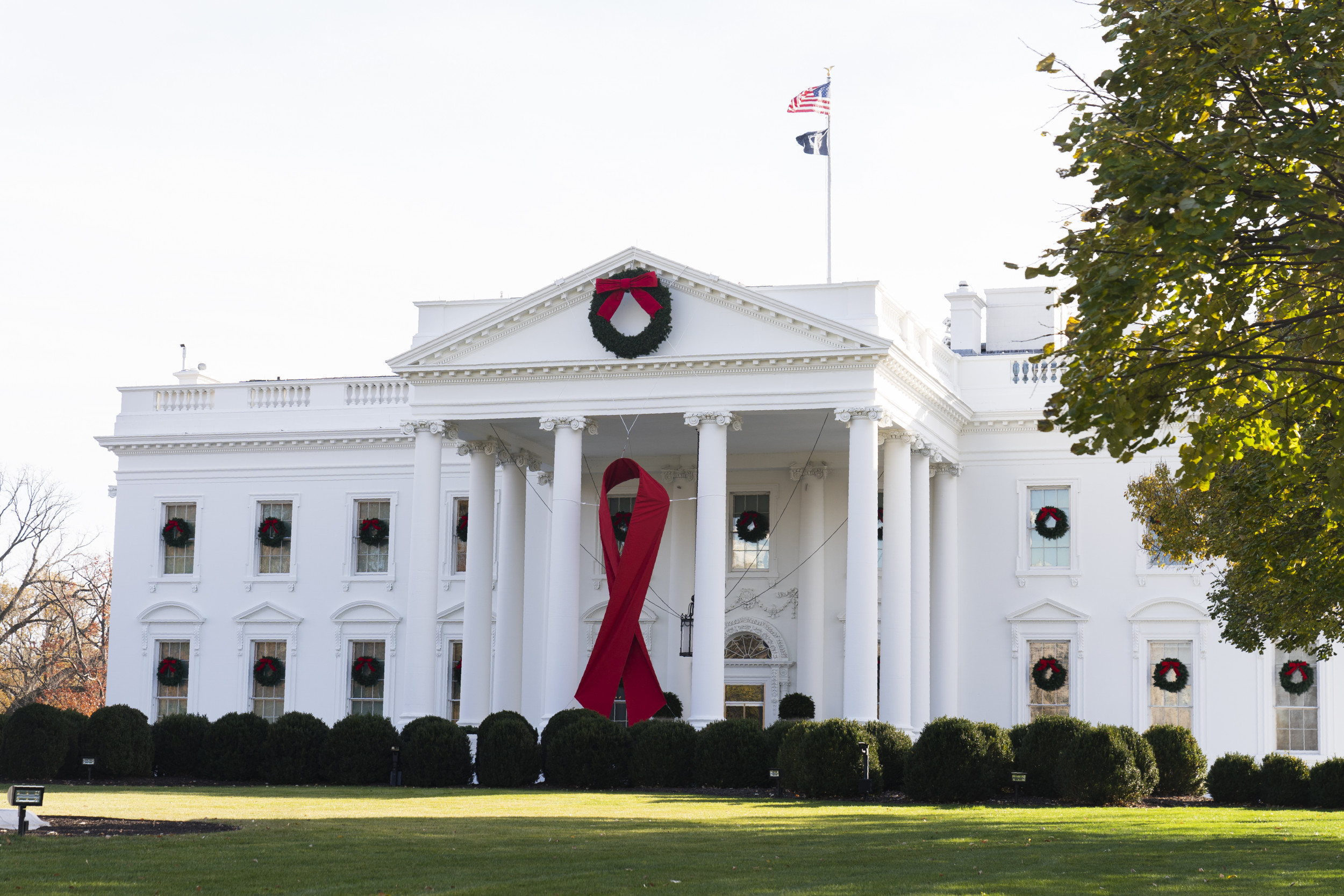Biden Declares the End of the HIV Epidemic Within Reach on World AIDS Day
On World AIDS Day, President Biden emphasized the urgent need to end the HIV epidemic, underscoring that the goal is within our reach. This bold statement signifies a renewed commitment towards achieving an AIDS-free future.
Ending the HIV epidemic requires a comprehensive approach that includes expanded access to testing, treatment, and prevention services. It also necessitates addressing the social and economic factors that contribute to HIV transmission, such as poverty, stigma, and discrimination.
- Tragic Fate Of Ryan Trahans Mom Update Details You Need To Know
- Get Somali Telegram Links Top Channels And Groups You Need To Know
The following table provides detailed information on the key aspects of ending the HIV epidemic:
| Key Aspect | Description |
|---|---|
| Prevention | Implementing effective prevention strategies, such as condom distribution, pre-exposure prophylaxis (PrEP), and post-exposure prophylaxis (PEP), is crucial for curbing the spread of HIV. |
| Testing | Expanding access to HIV testing, including self-testing kits, is essential for early detection and prompt treatment. |
| Treatment | Providing antiretroviral therapy (ART) to all individuals living with HIV is vital for suppressing the virus and preventing transmission. |
| Social and Economic Factors | Addressing social and economic factors that contribute to HIV transmission, such as poverty, stigma, and discrimination, is crucial for creating an enabling environment for prevention and treatment. |
FAQs on "Biden Says the End of the HIV Epidemic is Within Reach on World AIDS Day"
This section addresses frequently asked questions to provide a deeper understanding of the topic.
Question 1: What does "ending the HIV epidemic" mean?
Ending the HIV epidemic refers to reducing the number of new HIV infections and AIDS-related deaths to extremely low levels, effectively controlling the spread of the virus and its impact on society.
Question 2: How can we achieve an AIDS-free future?
Achieving an AIDS-free future requires a comprehensive approach that includes expanded access to testing, treatment, and prevention services, addressing social and economic factors that contribute to HIV transmission, and fostering collaboration among governments, healthcare providers, and communities.
Summary: Ending the HIV epidemic is a critical global health goal that requires sustained commitment, collaboration, and innovative strategies. By addressing the key aspects outlined above, we can work towards creating an AIDS-free future.
Conclusion
The global fight against HIV has made significant progress, and the end of the epidemic is within our reach. However, achieving this ambitious goal requires sustained commitment, collaboration, and innovative strategies.
Ending the HIV epidemic means ensuring equitable access to testing, treatment, and prevention services for all, regardless of their background or circumstances. It also means addressing the social and economic factors that contribute to HIV transmission, such as poverty, stigma, and discrimination.
On World AIDS Day, let us recommit to working together to end the HIV epidemic and create a future where everyone has the opportunity to live a healthy and fulfilling life, free from HIV and AIDS.

